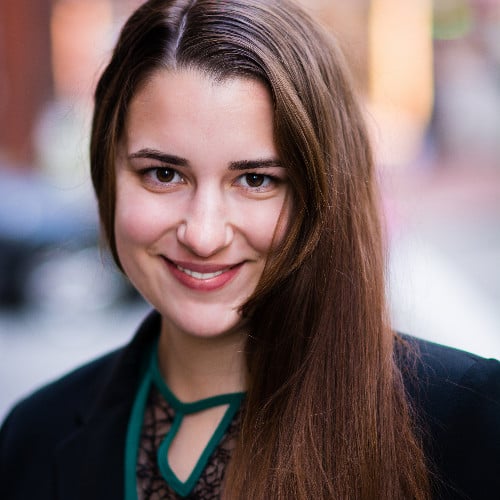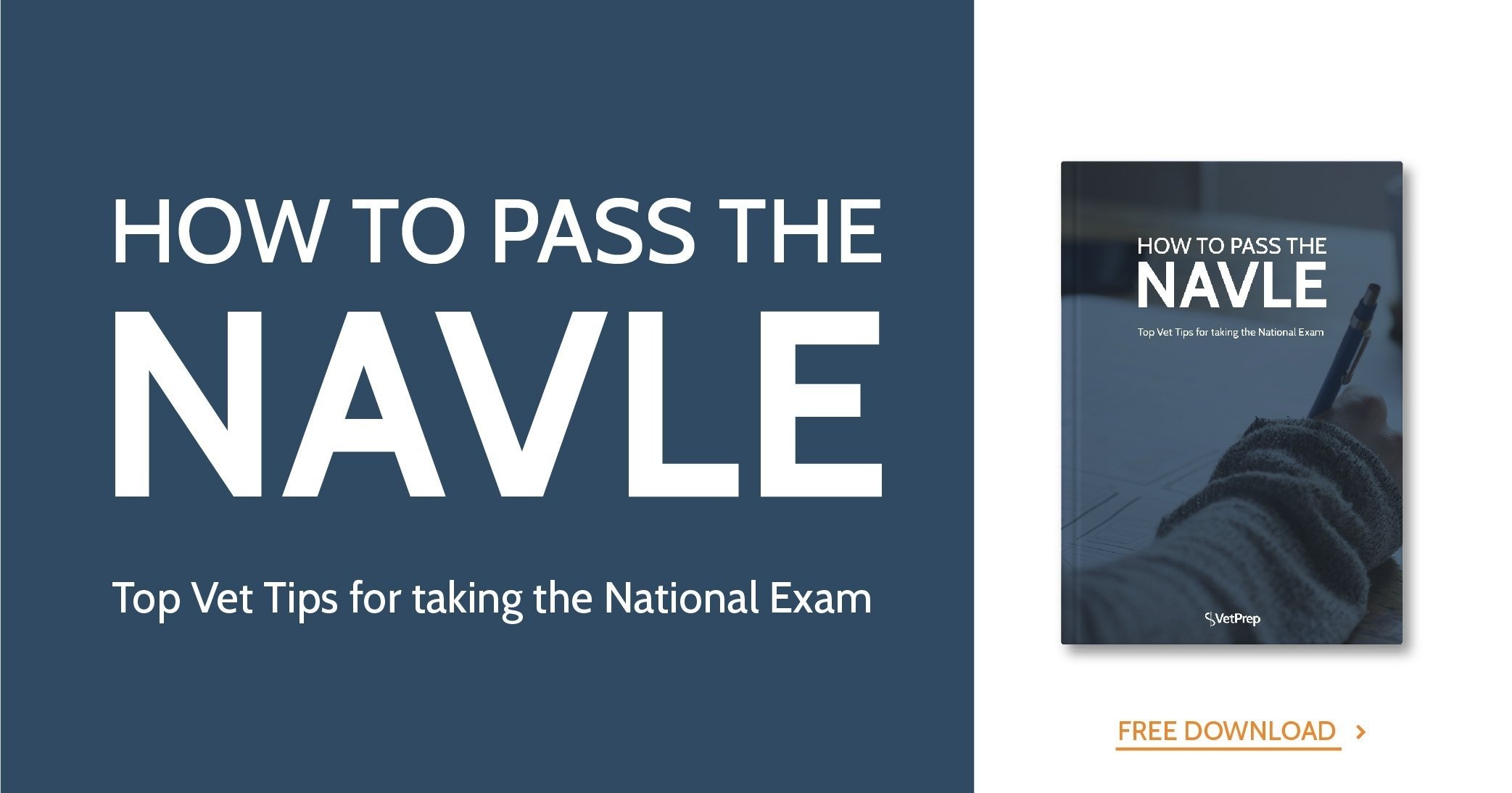
Of all of the clinics in which I have worked over the years, first as a veterinary technician and now as a veterinary student gaining clinical experience, among my favorites is the month I spent this Easter at the Abu Dhabi Falcon Hospital.
Known and visited by falconers from all over the world, this hospital has not only a clinic with a surgical suite, recovery wards, both isolation and critical care units, and flight cages, but also a laboratory that processes hundreds of samples a day, and a hatchery that breeds the next generation.
I was thrilled when I was accepted into their month-long internship in falcon medicine for veterinary students, veterinary nurses, and licensed veterinarians.
Each day started with a visit to all of the hospitalized patients to give them morning medications and food. Breakfast consisted of quail chicks bred and raised on-site, cleaned of feathers, with legs removed, and cut into reasonable bites so that healing falcons did not struggle to digest their food.
Medications ranged from intramuscular injections to oral tablets to nebulization cages for Aspergillosis treatment. The visits to these in-patients lasted from about 7:30 am to 9 am, at which point a quick breakfast would be awaiting me in the pantry before the true clinical work began.

After breakfast, Dr. Margit Müeller, the hospital’s executive director and the woman who literally wrote the book on falcon medicine and husbandry, made her appearance. She would complete the more challenging surgeries on in-patients as well as dozens of endoscopies for annual wellness visits and pre-purchase falcons.
She entered the caudal thoracic airsacs on the right and left during these endoscopies to visualize all of the organs, confirm sex (season-dependent), and check for disease. While still anesthetized, a series of samples including cloaca, crop, choana, bloods, and occasionally nares or eyes would be taken and given to the laboratory on-site, with results coming back to the clinicians in record time.
At the completion of the morning surgeries, tours of visitors would come through the main area of the clinic to learn about the birds, their husbandry, and their healthcare. The clinician's would choose falcons owned by the hospital that were already in need of various treatments to demonstrate talon and beak coping, basic falcon anatomy, clinical sampling, and imping when necessary. These tours were a mix of members of the general public on booked tours, and school children on field trips, eager to touch and see the birds up close.
As a veterinary student, I was taught to complete a multitude of tasks with and on the birds, from blood and other clinical sampling, to giving subcutaneous and intramuscular injections, to imping and coping, to proper radiography technique on birds. I was even taught some basic surgeries such as keel surgeries.
For the blood sampling, suturing, and surgical techniques, I was first taught and practiced on anesthetized quail before graduating to the falcons themselves. The veterinarians there came from all over the world, including Pakistan, Sri Lanka, the Philippines, and other parts of the Gulf, but each was eager to teach me anything I wanted to learn.
Throughout the afternoons they discussed disease processes and their presentations with me, let me practice radiography or suturing, and waited patiently as I slowly drew blood. The Hospital provided me not only with food, housing, and clinical experience for a month, but I also received eight lectures on falcon medicine and printed lecture notes, all of which were taught one-on-one by one of the clinical staff who were happy to stay late and answer my many questions.

My final exam to complete the course and receive my certificate included preparing the patient and clinical samples, inducing and monitoring anesthesia, attempting my first-ever endoscopy under Dr. Müeller’s steadfast supervision, taking radiographs, and then using all of my findings to diagnose the bird’s illness and come up with a treatment plan.
Preparing for such an exam was grueling (especially coming into the internship with no previous clinical experience on birds), but thanks to the numerous opportunities to practice, I felt prepared for and passed my exam.
To all those veterinary students reading this, I highly recommend taking advantage of this opportunity. This is a great strategy to learn after school, even if you have no plans to become a wildlife, zoological, or exotics veterinarian, the skills learned there will only be beneficial to you.
 Suturing techniques, radiography practice, and a first attempt at endoscopy are transferable to any species on which you choose to work, and if you can learn to take blood from a quail chick you will be able to do so on anything!
Suturing techniques, radiography practice, and a first attempt at endoscopy are transferable to any species on which you choose to work, and if you can learn to take blood from a quail chick you will be able to do so on anything!
Finally, to all of the veterinarians or vet nurses out there considering expanding your practice to include birds, this hospital offers an incredible foundation both diagnostically and practically.
Contact details of the Abu Dhabi Falcon Hospital
Email: info@falconhospital.com
Website: https://www.falconhospital.com/


